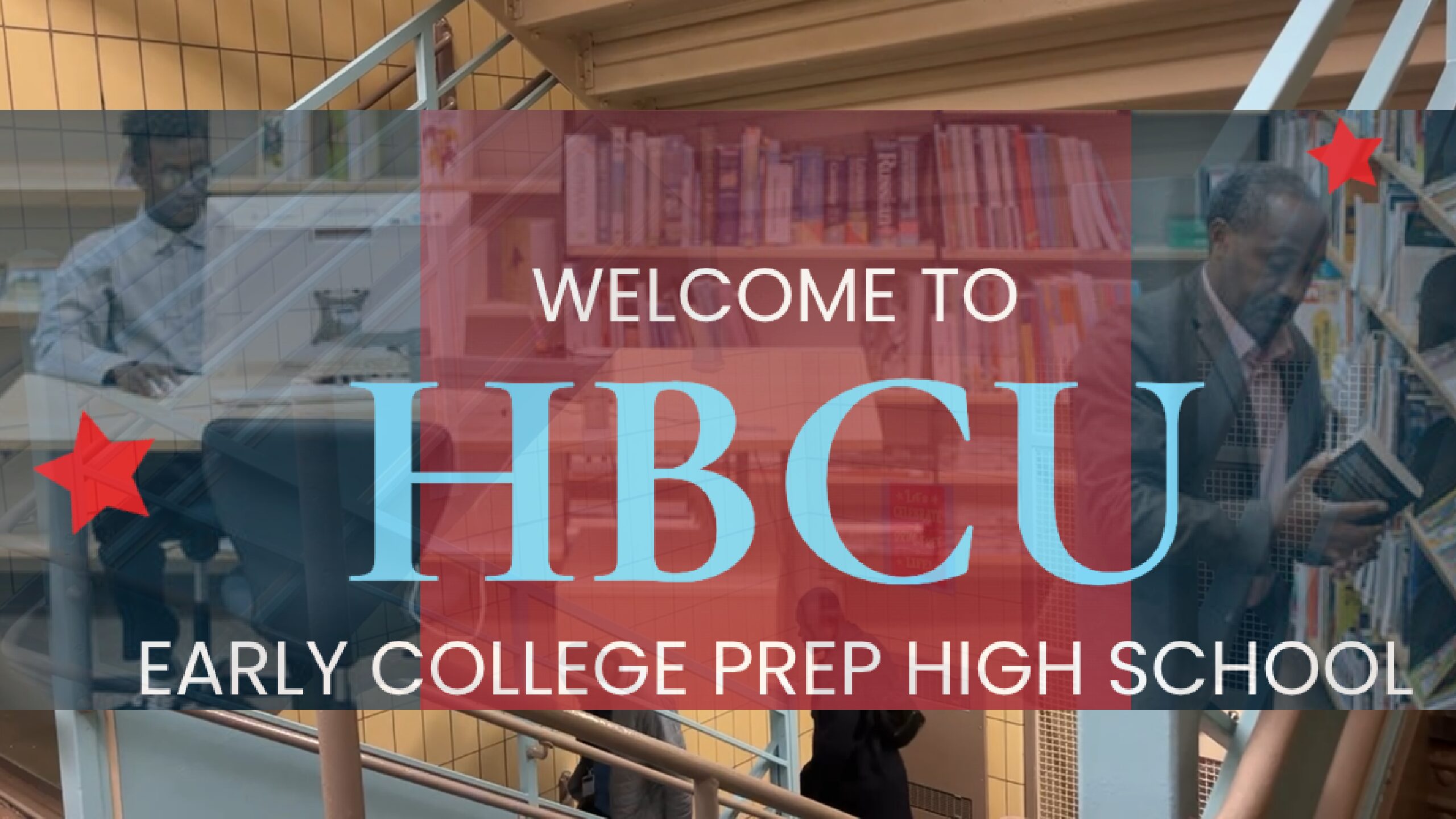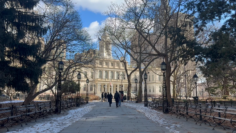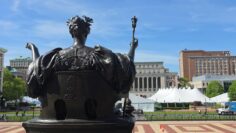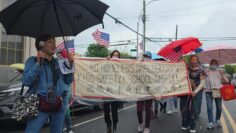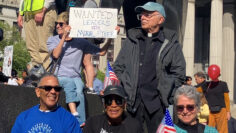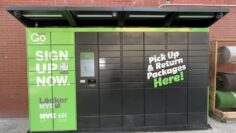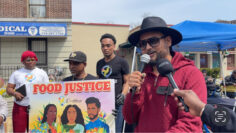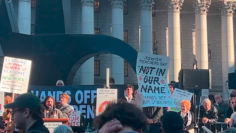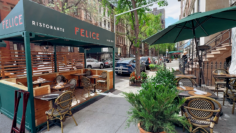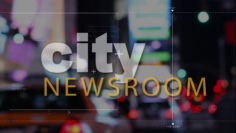As Manhattan Clears Out, South Bronx Suffers: Traffic Rises, Asthma Rates Stay High
Since January the MTA’s congestion pricing plan has reduced traffic, with 80,000 less cars entering the congestion relief zone in March. But that zone only covers neighborhoods below 60th street.
The opposite is happening in the South Bronx, where the MTA has tracked a nearly two percent increase in traffic during the last three months. Mychal Johnson, the co-founder of South Bronx Unite says that is unacceptable.
“It’s a pattern of harm that’s taking place here,” Johnson said.
South Bronx Unite has been tracking air quality for the last year. They even presented their findings to the MTA’s Environmental Board. But Johnson questions whether the agency is acting responsibly with the data.
“If there is a place to reduce congestion, it would be where asthma hospitalization rates are the highest and where air quality is the worst,” said Johnson.
The Mott Haven and Port Morris neighborhood bear the burden of pollution where 1 in 4 children have asthma. The neighborhoods are inundated with six freeway bridges, two train crossings, and thousands of daily truck trips from FedEx, Fresh Direct, and other industrial work sites in the area.
According to South Bronx Unite’s air quality monitors, the air just directly outside Johnson’s office windows has some of the worst air quality readings. “On any given day, we’re seeing four to five thousand vehicles traverse right here at this intersection,” said Johnson. The intersection far exceeds the National Ambient Air Quality Standards, at 15 PPM or particulate matter parts per million.
Javier Marchand is the Air Quality Advocate at South Bronx Unite. As an asthmatic himself, he knows the cost of poor air quality firsthand.
“Asthma feels like you’re being choked from inside,” Marchand said.
Javier lost his mother to asthma, something he says she developed after moving to the Bronx from Puerto Rico. And now, his sister and neighbors are suffering with asthma too.
“We’ve normalized a very bad thing, you know, and it’s a problem,” Marchand said.
The MTA has allocated approximately seventy-one million dollars to the Bronx to fund an asthma center and install air purifiers in schools, a move South Bronx Unite calls insulting.
“Don’t add something to it, then say, well, we’re going to help mitigate the added impact on your existing burdens,” Johnson said.
Johnson says South Bronx Unite will continue to collect data from their air quality program, in hopes of creating policy change.
In the meantime, others like Grant Aumell, garden steward of the Maria Sola Green Space, enjoy one of the few green spaces in the neighborhood, tucked directly under the Major Deagan Expressway.
“Maybe the next year if we collect enough data with our air quality monitors, you know, there will be state funding and federal funding to enact something,” Aumell said.
Rana is a reporter from Arizona covering climate change and immigration for City Newsroom. She previously lived in San Francisco and started her journalism career covering issues intersecting food, politics, and culture.


